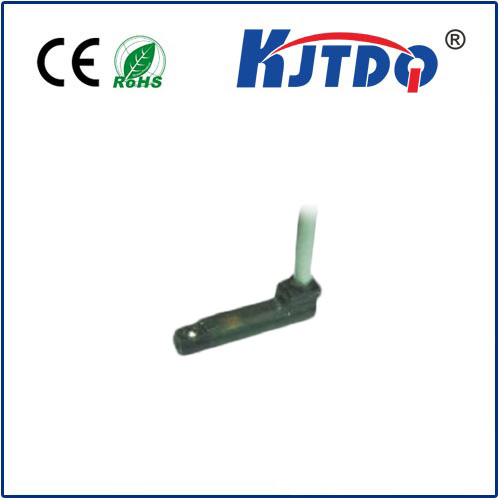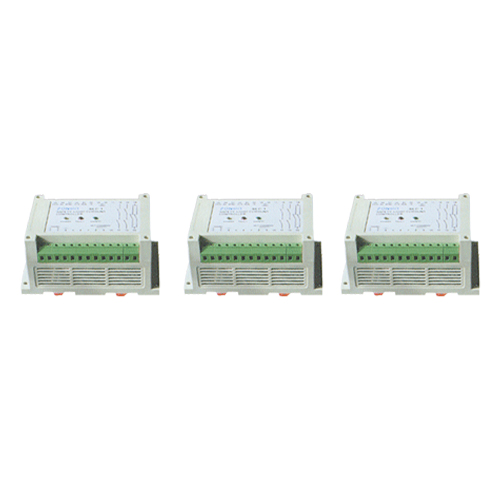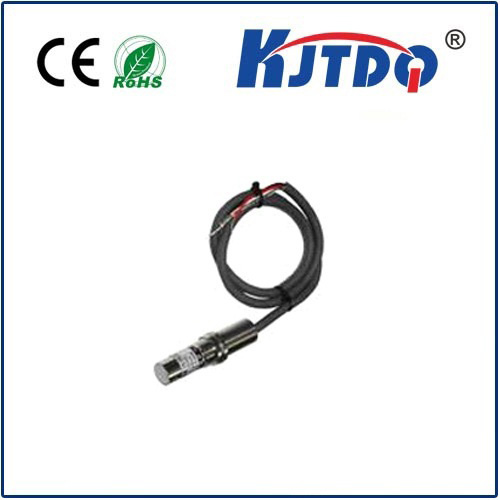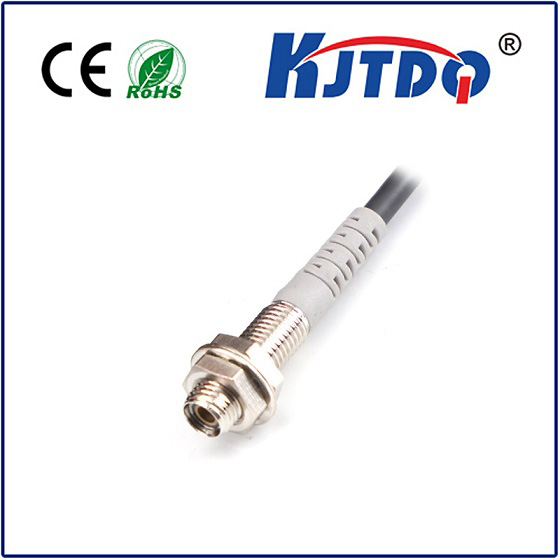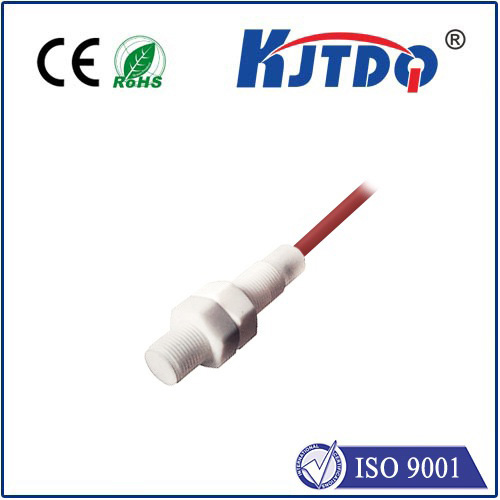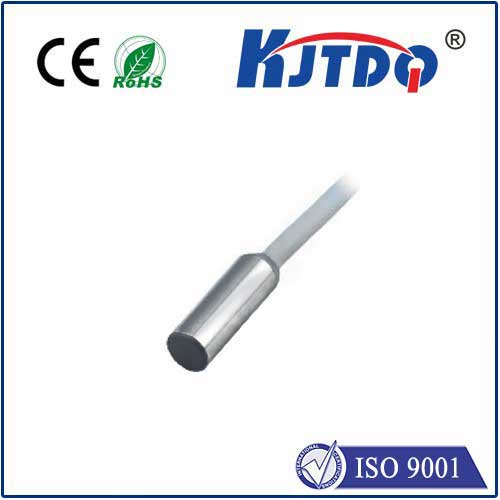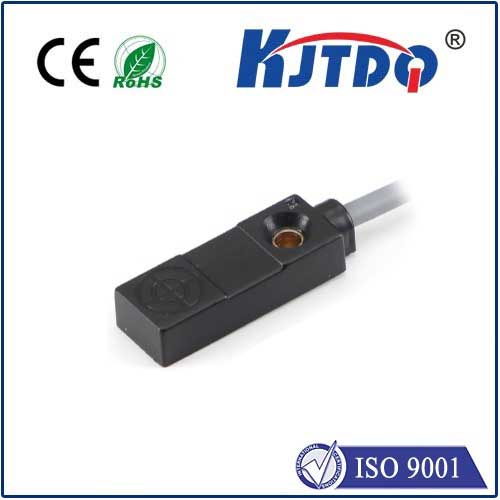ёмкость приближения датчика
- time:2025-07-19 08:57:05
- Нажмите:0
Capacitive Proximity Sensors: The Invisible Force Behind Modern Touchless Interaction
Imagine waving your hand near a faucet to start the water flow, your smartphone screen dimming as you raise it to your ear, or even a piece of industrial equipment pausing automatically when someone gets too close. These seemingly magical responses are often powered by an unassuming yet crucial technology: the конденсаторный датчик приближения. Far more sophisticated than a simple touch switch, these sensors detect nearby objects without physical contact, enabling the seamless, intuitive, and often safer interactions we increasingly take for granted. Delving into how they operate reveals why they’ve become indispensable across countless applications.
At its core, a конденсаторный датчик приближения functions by exploiting the fundamental principle of capacitance – the ability of a system to store an electrical charge. Unlike inductive sensors that detect metals using magnetic fields, capacitive sensors generate an electrostatic field. This field emanates from the sensor’s active surface, typically formed by one or more electrodes.
Here’s the essential mechanism:
- Field Generation: The sensor’s internal oscillator circuit generates a low-voltage, high-frequency electric field radiating from its sensing electrode(s).
- Field Disturbance: When any object (conductive or non-conductive) enters this electrostatic field, it disrupts the field lines. Conductors (like a human hand) interact strongly, drawing field lines towards them. Non-conductors (like plastic, wood, or liquids) also interact, albeit differently, by changing the dielectric constant within the field, altering its characteristics.
- Capacitance Change: This disturbance causes a measurable change in the capacitance between the sensor’s electrode and the “ground” reference (which could be the sensor’s internal circuitry, a dedicated ground electrode, or even Earth ground).
- Signal Processing & Output: Sophisticated electronics within the sensor detect this minute change in capacitance. The signal is amplified, conditioned, and compared against a predefined threshold. Once this threshold is crossed, the sensor triggers its output signal – often a simple switch closure (PNP/NPN transistor), voltage change, or digital communication (like I²C) – indicating the presence of a nearby object.
The magic lies in their versatility. Key characteristics define their advantages:
- Touchless Detection: The primary benefit. Objects are detected before physical contact occurs, enabling preventative actions and intuitive interfaces.
- Material Agnosticism: Unlike inductive sensors, capacitive proximity sensors can effectively detect a vast range of materials – metals, plastics, glass, wood, liquids, powders, and even the human body. This makes them incredibly versatile.
- Robustness & Longevity: Having no moving parts and utilizing a non-contact principle, they boast high reliability and a long operational lifespan, ideal for demanding environments.
- Environmental Resilience: Modern sensors are designed to resist common industrial challenges like dust, moisture, and non-conductive contaminants (though conductive contaminants can cause interference).
- Sensitivity Adjustment: Many sensors feature adjustable sensitivity thresholds. This allows fine-tuning for specific applications, ignoring background objects or focusing detection on targets at precise distances.
These capabilities translate into a staggering array of practical applications:
- Consumer Electronics: Ubiquitous in smartphones and tablets (screen on/off when held to the ear, gesture control), touchscreens (detecting finger presence before actual touch), laptops, wearables, and smart home devices (automatic faucets, soap dispensers, touchless light switches).
- Промышленная автоматизация: Proximity capacitive sensors monitor fill levels of liquids, granules, or powders in tanks or hoppers (through non-metallic walls), detect product presence on conveyor belts (regardless of packaging material), control robotic safety zones, and verify object positioning.
- Automotive: Used in occupant detection systems (for airbag deployment logic), touch-sensitive interior controls, hands-free tailgate opening, and collision avoidance systems.
- Appliance Control: Enabling touch-sensitive buttons and control panels on white goods (ovens, washing machines, refrigerators) and detecting door closure.
- Security: Part of touchless access control systems and tamper detection mechanisms.
- Medical Devices: Employed in hygiene-critical environments for touchless control of equipment and non-contact fluid level sensing.
While powerful, understanding their limitations ensures optimal deployment. Detection range is typically shorter than some inductive or ultrasonic sensors, often measured in millimeters to a few centimeters. Performance can be influenced by the sensor size and the target object’s size and material properties (density, dielectric constant). Conductive targets are generally detected at longer ranges than non-conductive ones. The surrounding environmental conditions are also critical; high humidity, temperature extremes, or the presence of strong electrical noise can affect stability, necessitating proper selection and shielding.
Looking ahead, capacitive proximity technology continues to evolve rapidly. Sensor miniaturization enables integration into ever-smaller devices. Enhanced signal processing algorithms are improving immunity to environmental noise and allowing for more complex detection patterns and multi-object sensing. Furthermore, the integration of capacitive sensors with AI and machine learning promises even smarter context-aware interactions, enabling systems to interpret gestures or proximity patterns with greater sophistication – think beyond simple presence/absence to discerning intent. Touchless interfaces, powered by this reliable sensing method, are poised to become even more pervasive, defining the next generation of human-machine interaction in an increasingly hygiene-conscious and automation-driven world. Their ability to perceive the immediate physical environment invisibly and reliably ensures their role as a cornerstone of modern sensing technology.

